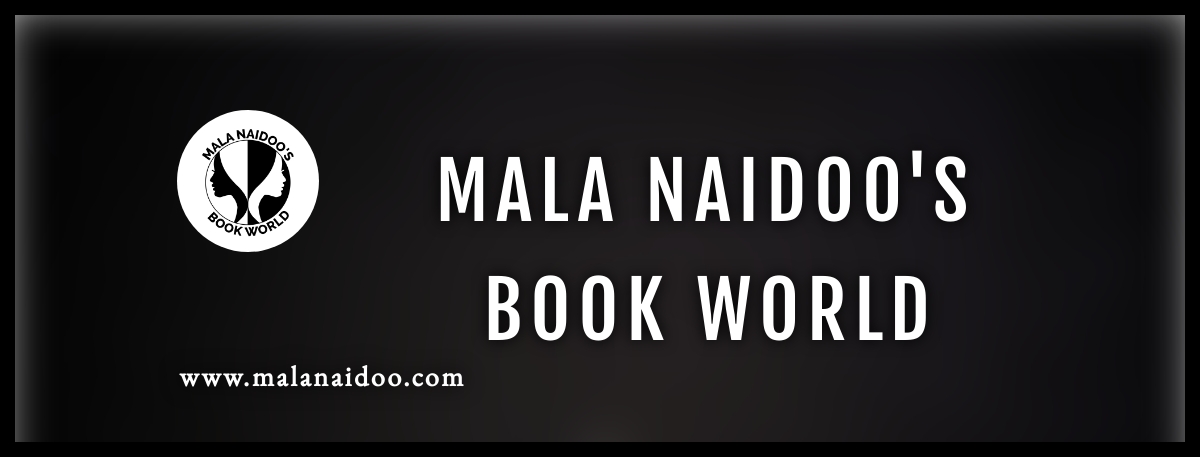We enjoy a good yarn, some more than others. The reticent and the chatter-box are encountered as part of our daily social interactions. How much is enough or too much in the stories we create?

Dialogue works:
To move the story forward
To give information
Contribute to characterisation
Gives the character their ‘own’ voice, makes the character seem real or ‘alive’
Creates a basis for understanding the thoughts and values of the character
Shapes understanding for some of the actions a character engages in
Aids understanding of the relationships between and among characters

Consider When Constructing Dialogue:
How much to include: It depends on the role the character plays- is it a significant or minor role in relation to the plot
Is the conversation a distraction or diversion for a particular reason?
Intersperse dialogue, pace it with some narration by describing the character’s mood or emotions through their actions- clearing the throat or twirling a strand of hair, tapping on the table, humming a particular note, etc- this connects the reader to the emotional state of the character
Consider carefully whether you should use dialect in your speech- will it confuse your reader or will it create a connection to your reader- this must be based on your familiarity with your audience.
Avoid unnecessary or stilted dialogue, this fills white space and will bore the reader eg :
– ‘What’s the time Jill?’
-‘Ten o’ clock Jack.’
-‘What time should we leave?’
-‘I don’t know, maybe 11 or 12, what time do you think is best?’
An awkward conversation in Jane Austen’s Sense and Sensibility. This draws us in, the voyeur craves more- tease in subtle politeness if you must, at first, then reveal all.
Then there is the embarrassing conversation moment: Eliza Doolittle’s ‘The new small talk.’
Make it realistic- people do not socially speak to each other in one continuous block (beware the chatter-box! They do exist!) there should be some stops and starts, fillers and shifts depending on where your characters are conversing with each other- Is it in a coffee shop? On the telephone? In a doctor’s waiting room? On the bus or train? – Fillers and distractions could be drawn from what is happening in the coffee shop, on the bus or train etc. Additionally, the formal or informal tone of the conversation depends on who the character is speaking to.
The relationship between characters in conversation is significant to guide how comfortable or strained the conversation might be.
Do not include endless pages of dialogue – your characters must interact with the environment to avoid them becoming ‘talking heads’ or disembodied from the setting.
Use the five senses to pace your dialogue- what does the character see, smell, taste, touch or hear.
Example: ‘I was worried that Jill would be upset with the plans and called several times but she did not pick up.’ Her voice trailed off with the whisper of trouble in the air.
This might engage the reader to pay careful attention to this subtle warning.
From Dead Poet’s Society: ‘But poetry, beauty, romance, love… these are what we stay alive for.’ – a favourite line!
Happy Reading! Happy Writing!
I write from real life. I am an unrepentant eavesdropper and collector of stories. I record bits of overheard dialogue. ~ Chimamanda Ngozi Adichie, author of ‘Americanah’
Add your thoughts in the comment box below:


You must be logged in to post a comment.